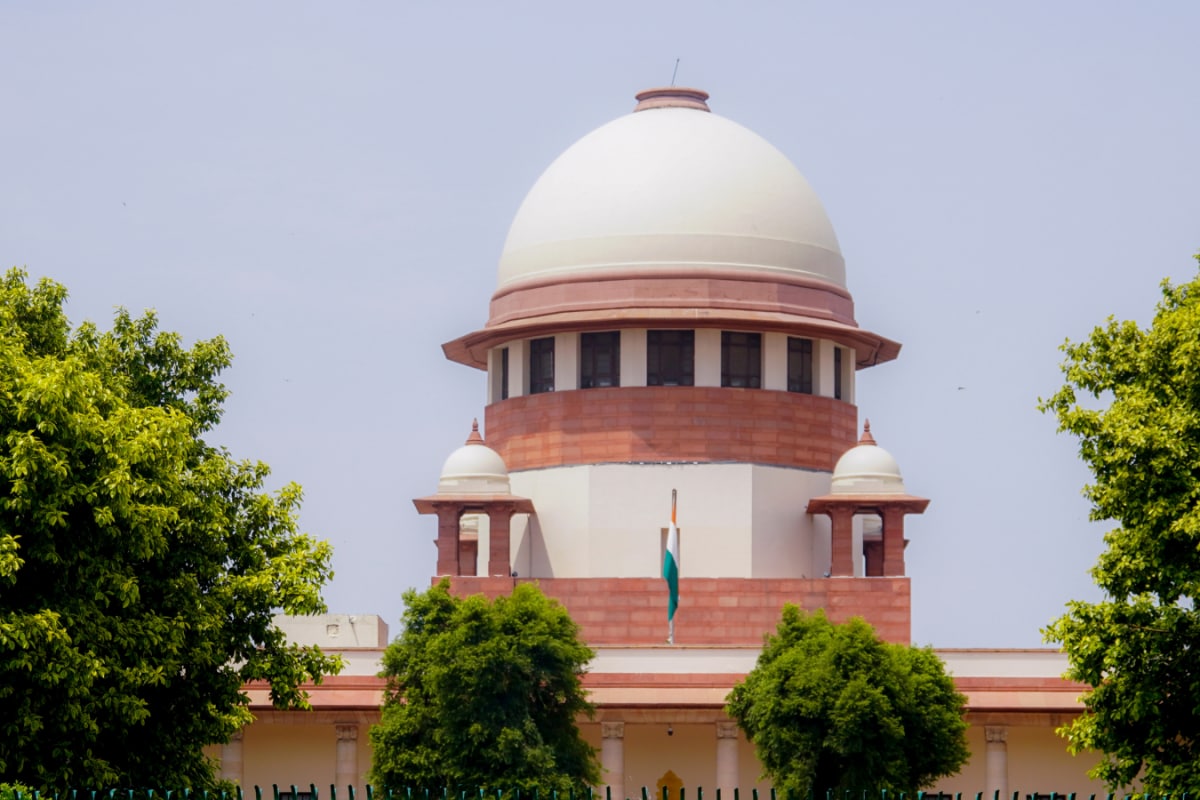India’s travel scene is changing — and it’s changing fast. For today’s traveller, a hotel is no longer just a place to sleep; it’s the heart of the holiday.
According to Booking.com’s How India Travels 2025 report, nearly eight in ten Indians now spend most of their vacation at the property itself, seeking curated, immersive, and shareable experiences that turn a stay into the destination. From boutique retreats and heritage havens to spiritual hubs and tech-enabled escapes, Indian travellers are reimagining what a trip can be — and in doing so, they’re rewriting the rules of travel for 2025 and beyond.
When The Room Becomes The Destination
From restored havelis in Rajasthan to boutique eco-lodges in Coorg, Indian travellers are now booking hotels that offer experiences. Properties across India are responding with everything from on-site art pop-ups and forest meditation workshops to book readings and chef-led foraging sessions. For many, the trip begins and ends at the hotel gate, where the pool, spa, or design aesthetic defines the entire experience. In fact, non-room revenue like F&B and events now make up nearly 50% of premium hotel earnings, showing how hospitality has evolved from service to storytelling.Meet India’s New Travellers
Today’s Indian traveller defies every stereotype. The study identifies four new archetypes shaping the country’s travel future:Trip Architects (26–55, mostly women): The masterminds of Indian travel. Over 73% of women now lead the planning, from destination selection to budgeting, prioritising safety, authenticity, and flexibility.
Next-gen Co-pilots (under 15): Kids have taken over decision-making, often with “veto power” on hotel and activity choices.
Unscripted Explorers (28–43): Millennials who prefer short, themed getaways — be it food, wellness, or nature — with a focus on “snackable luxury.”
Timeless Travellers (60+): Seniors who travel for heritage, spirituality, and cultural connection.
The Rise Of Spiritual Luxe
Spiritual tourism is undergoing a transformation too. Ayodhya alone welcomed over 16 million visitors in 2024, showing how faith and travel are converging. But this isn’t traditional pilgrimage; it’s “spiritual luxe.” Younger travellers are seeking introspective experiences that blend mindfulness, design, and comfort. With over 300 new premium hotels planned across spiritual hubs like Katra, Puri, and Tirupati, this $59 billion sector is emerging as one of India’s biggest hospitality opportunities.AI, UPI & Journeys
The report also highlights how AI and frictionless payments are powering this travel revolution.- 83% of Indians see AI as a tool that makes travel easier, and over half are already using it for planning.
- UPI and “Pay at Hotel” models have transformed how Indians book, allowing flexible, no-stress payments that encourage spontaneous travel.
- This “invisible digital infrastructure” ensures that from trip discovery to check-out, the experience remains seamless and personal.
The Next Wave: Tier-II Travel & Consistent Demand
India’s travel growth story isn’t just about big cities. Tier-II and Tier-III destinations are now sustaining year-round demand, with off-season occupancy holding at 63% of peak levels. Places once overlooked, from Nashik and Guwahati to Madurai and Coimbatore, are seeing new boutique properties, improved connectivity, and investments driven by government programs like Swadesh Darshan and PRASHAD.India’s hotel pipeline is expanding rapidly, from 2.48 million rooms in 2024 to 3.1 million by 2029, yet the supply still trails soaring demand. That leaves plenty of space for innovation and alternative accommodations to shine.








